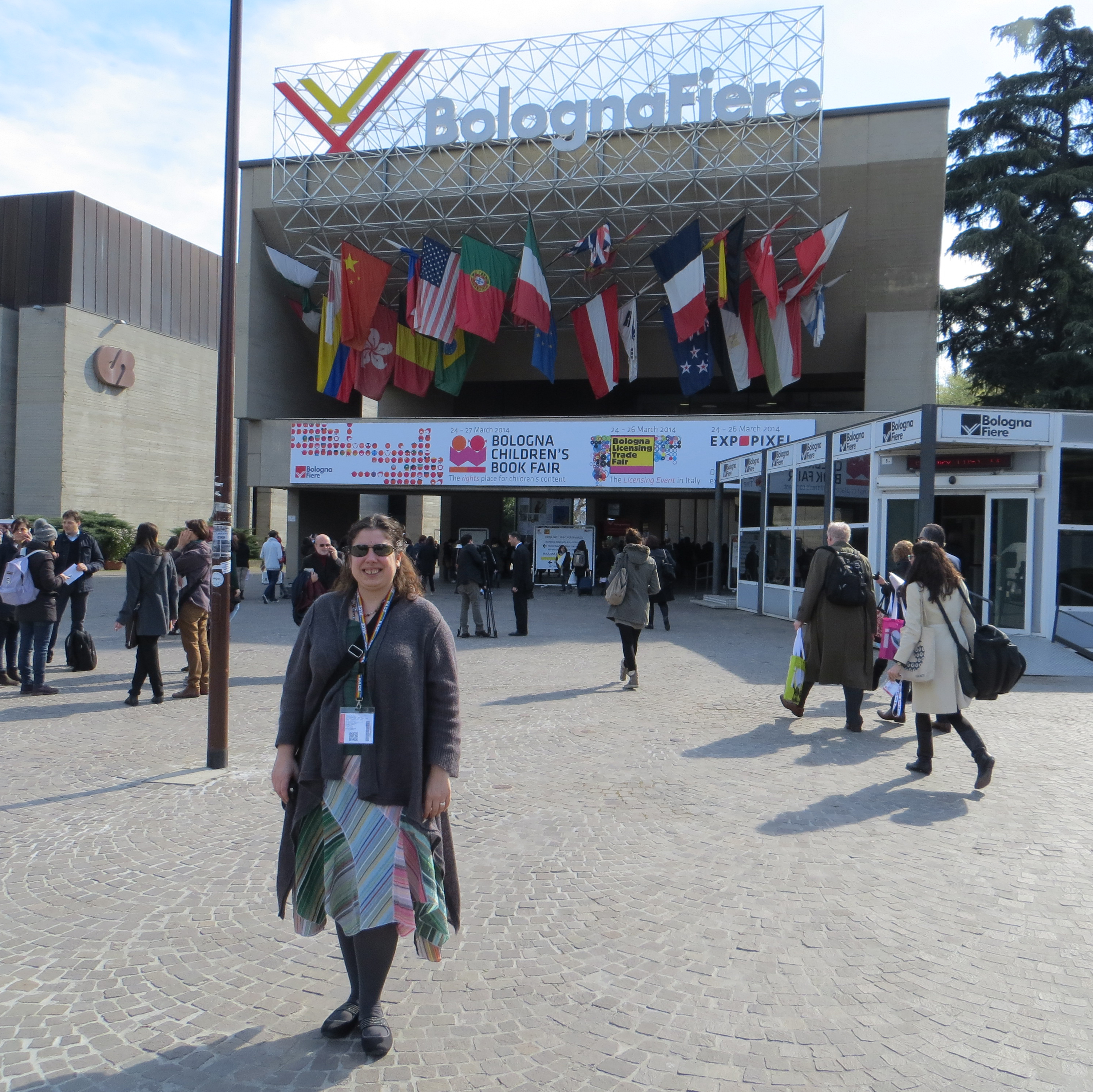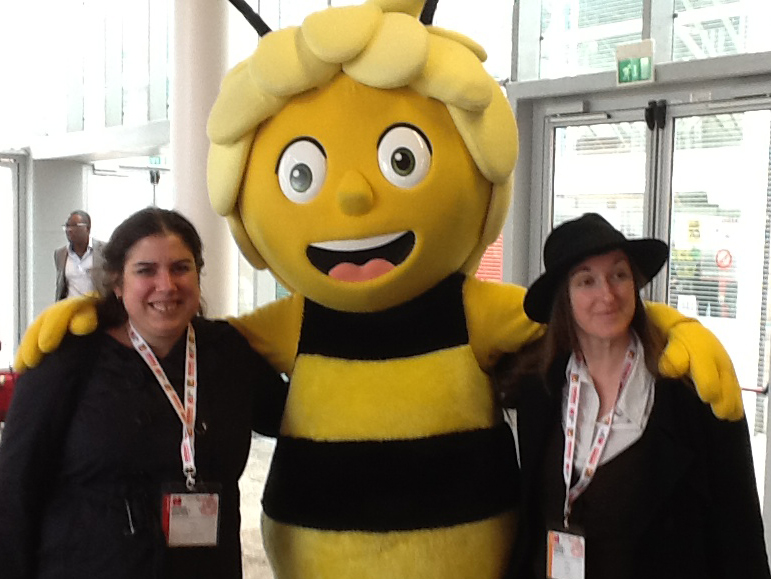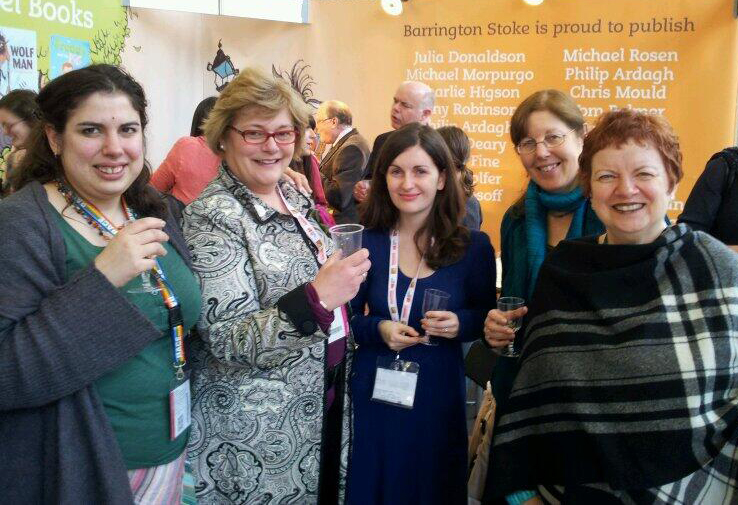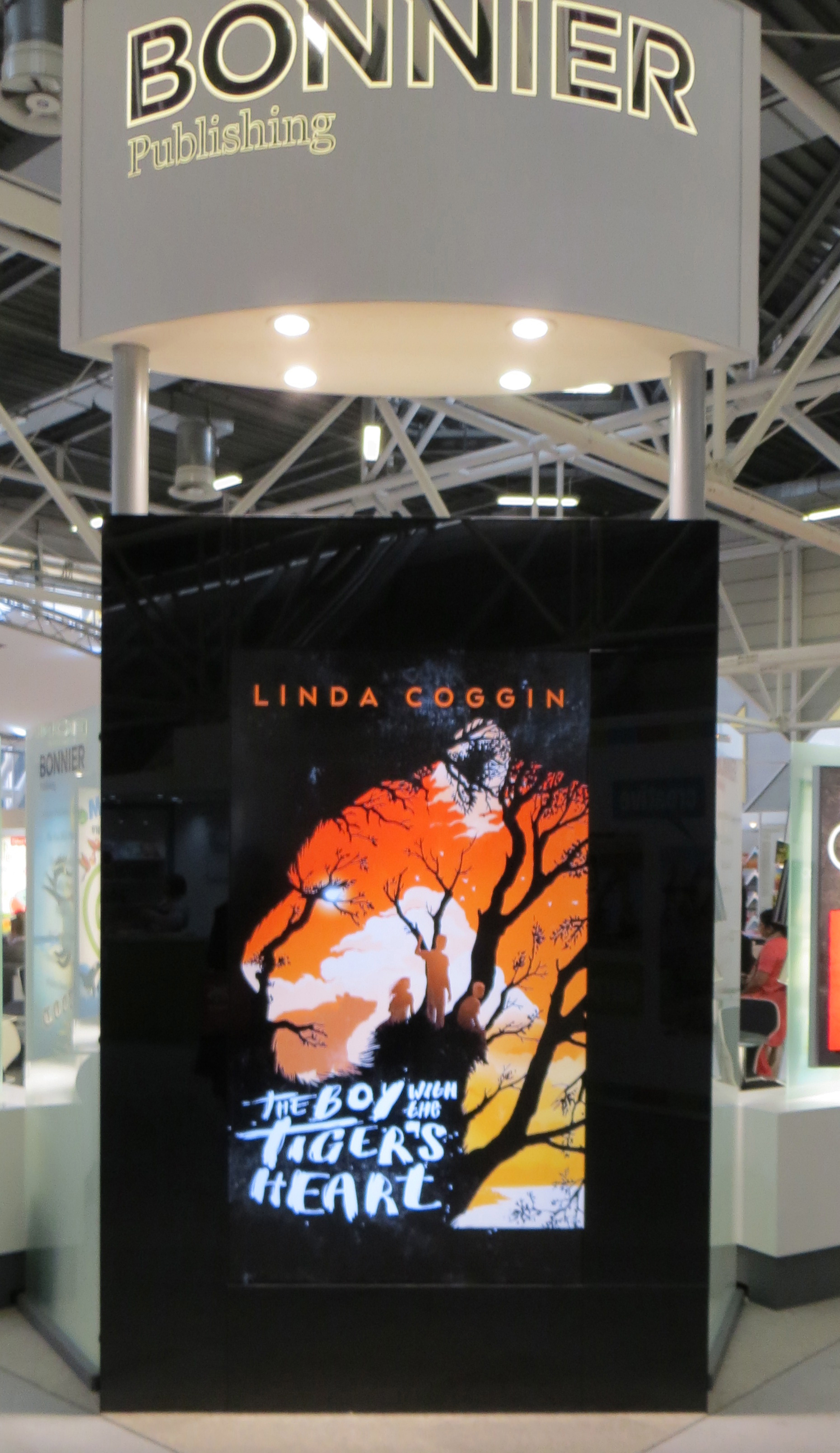I was absolutely sure I’d written about this before but the closest I seem to have come is a post on Banned Books Week. That time, in a metatextual sort of moment, I got a comment from someone saying “great post but I can’t link to it because you used the f-word”. So, prompted by this article in the Telegraph, here’s some new thoughts on swearing.
Firstly, I’m going to note that personally really dislike the term “potty-mouthed” which I find more viscerally unappealing than many more pleasantly evocative profanities. There’s something very juvenile about the term, associating swearing with the sort of term you’d use to rebuke a toddler. “Foul-mouthed” would annoy me less and even better would have been a title that referred to the more neutral “swearing”.
So, on to the subject matter, Martin Chilton thinks the swearing in When Mr Dog Bites by Brian Conaghan is “overwhelming… and troubling”. Chilton describes Conaghan as “a Dublin-based teacher” which may well be true but in his production of this book Conaghan is a writer – was the use of the word teacher intended to indicate that the author has an educational duty not to include swear words in his fiction? I’d imagine teachers know better than most people what words are current on the playground.
Having said “swearing in Young Adult fiction is a controversial and complex issue” I felt Chilton didn’t really engage with that issue at all. Let’s be clear, the vast majority of children’s and YA fiction have nothing that even approaches a swearword. I will have to dig out the list of replacements for swear words in my most recent book but they included instances of “bloody”, “arse” and “hell”. These are not the high ticket items in the world of profanity but every one of them was queried by the publishing company who, as always, use the argument that you won’t sell to book clubs or to the US if you have swear words in your novel.
Some authors are allowed to swear. (If you’re one of them, please comment!) Melvin Burgess is one of them. And if you are a gritty realist author writing about urban youth then if your book gets published you’ll probably be allowed to swear in it. But for the vast majority of authors, swearing is off the table. Chilton’s right that Bloomsbury’s decision to keep swearing an integral part of When Mr Dog Bites is a “marketing gimmick” – but marketing, rights and sales will have discussed this very thoroughly with editorial before positioning the book as one of the few in which swearing is permitted.
Any debate about swearing in YA needs to take account of the fact that there are comparatively few books in the market which include swearing, even though this forms a part of British teen argot. We need to avoid a suggestion that swearing automatically equals a bad book and the lack of it a good book.
You shouldn’t view the language as separate from the theme or setting of the book. JK Rowling used a rather dated private schoolboy slang in her bestselling Harry Potter series, which worked because of the quasi 19th century setting of much of the wizarding world and because it had its own internal consistency. Although the use of the word “git” did become somewhat monotonous.
Chilton admits that “sanitised fiction is not the answer”, that there are many fine YA titles without swearing and recommends Anne Cassidy’s latest work which I haven’t read yet but is a sequel to Looking for JJ which I have read and would recommend. But he disrecommends When Mr Dog Bites and, aside from the swearing, in approximately a thousand words of text doesn’t explain why – apart from the fact it has a lot of swearing. Which, by the way, the article also has – and the Telegraph have slapped a “frequent use of strong language” notice on it.
Chilton says age banding is subject on which “authors, publishers and librarians have not been able to agree” and proposes a parental advisory certificate system instead. But he doesn’t give any detail on controversies of 2008 when age banding was first proposed for children’s fiction and librarians and authors including Philip Pullman came out together as against the plan. Two years ago GP Taylor suggested that parental advisories might be needed and that YA fiction had gone too far in its exploration of darker themes but Patrick Ness and Charlie Higson strongly disagreed in a debate that spread from BBC breakfast news to Twitter.
Swearing, dark themes, explicit content and illegal activities all need to be seen within the context of the text. One publishing company gradually removed first the use of drugs by teenagers, then underage smoking, then finally underage drinking from a scene in one of my books. Given that the scene in question was a party that got out of control and for which the attendees were punished, removal of these elements created knock-on effects for the rest of the narrative. Not that I’m saying all use of these elements in a work of fiction should be moralistic and result in punishment for those involved. But given that teen readers don’t inhabit a physical world in which they can or should be shielded from the realities of 21st century life, it’s important that some fiction is available to them that reflects the world in which we live.
As a sheltered eleven-year-old it was a shock for me to arrive in a large and alarming secondary school in which my contemporaries used language and expressions which even now as an adult I would not feel comfortable repeating. As an avid reader, more realism in my YA fiction would have helped me bridge that gap. As a new minted university student I embraced some swear words and rejected others. Now as a late 30s professional I try to avoid profanity with mixed success (especially when cycling!).
But as an author, I would like to be able to include swearing in my contemporary fiction and let my readers decide themselves what they think. At present gatekeepers like bookshop and book club buyers and the unpopularity of swearing in the US (and by extension commissioning editors who must consider this market) all mean that it’s rare to find YA fiction that includes any profanity. If parents really feel they need to introduce gatekeepers into the process then I recommend reading the (increasingly dwindling) reviews of YA in the press or – better yet – read the books themselves and then use any contentious issue to start a discussion. You don’t need to read everything your child or teenager reads – but books aren’t objects smuggled in and out of the house unless you’ve created a climate of censorship and distrust.
And it doesn’t take a book to start a discussion – although they are great jumping off points for one. If you have a teen, try asking them how much the kids at their school swear and what they think of it. Does it make them uncomfortable or envy the bravery or insouciance of those that do? Do they think it makes a difference if you are using swearing as punctuation among your friendship group or letting rip in anger to someone who’s dissed you? Would they swear to you? Perhaps you belong to a household that swears broadly and freely and these questions seem amazingly out of touch…
But, while you’re at it, please also ask them if they think swearing in books is stronger content than zombies eating your face or the sexual dalliances of vampires?
(I’d like to hear from any YA authors who use swearing in their books and what they use so if you care about such things please note that could be explicit content and reference to adult themes in the comments to this post.)
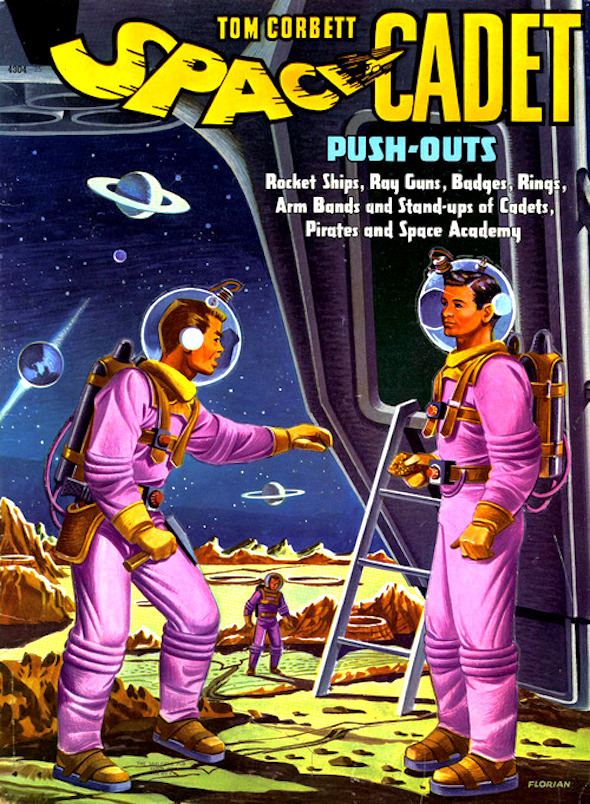 Books about teenagers in space.
Books about teenagers in space. Celebrating Halloween, here’s a list of spooky books for readers of various ages, to read under the covers with the lights turned up high. These are listed in rough order of the age range that I’d recommend these for, from juniors to middle grade, YA and adult.
Celebrating Halloween, here’s a list of spooky books for readers of various ages, to read under the covers with the lights turned up high. These are listed in rough order of the age range that I’d recommend these for, from juniors to middle grade, YA and adult.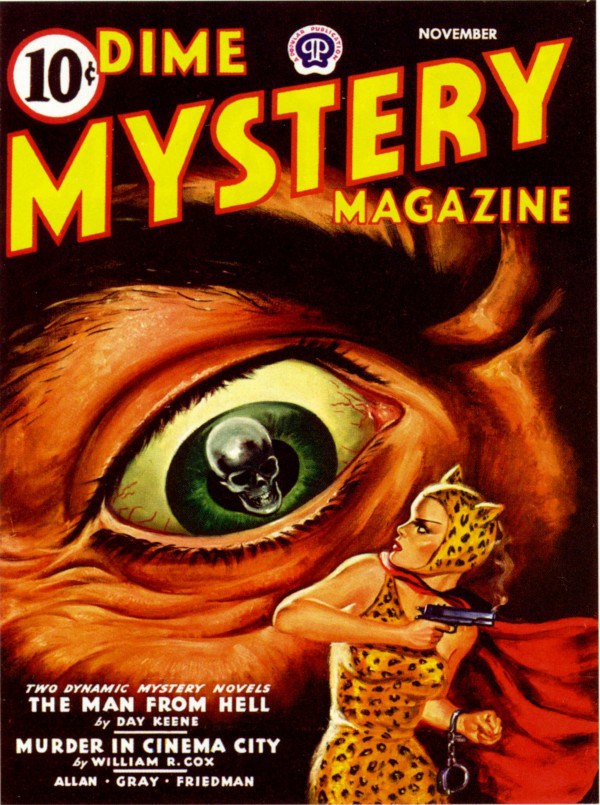 We Were Liars is the best book I’ve read this year. I have been recommending it all this week and it’s also made me think about how many books I enjoy are mysteries. In its honour, here are ten recommended mystery novels.
We Were Liars is the best book I’ve read this year. I have been recommending it all this week and it’s also made me think about how many books I enjoy are mysteries. In its honour, here are ten recommended mystery novels.
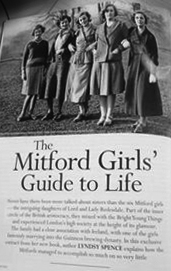 Earlier this year I read Brideshead Revisited for the first time and to be honest, I was disappointed. I’d heard it was a classic story about someone falling in love with a family. Perhaps the problem was that I didn’t fall in love with the characters or find them fascinating at all. Here are some recommended books which made fall in love with the fascinating family portrayed.
Earlier this year I read Brideshead Revisited for the first time and to be honest, I was disappointed. I’d heard it was a classic story about someone falling in love with a family. Perhaps the problem was that I didn’t fall in love with the characters or find them fascinating at all. Here are some recommended books which made fall in love with the fascinating family portrayed.